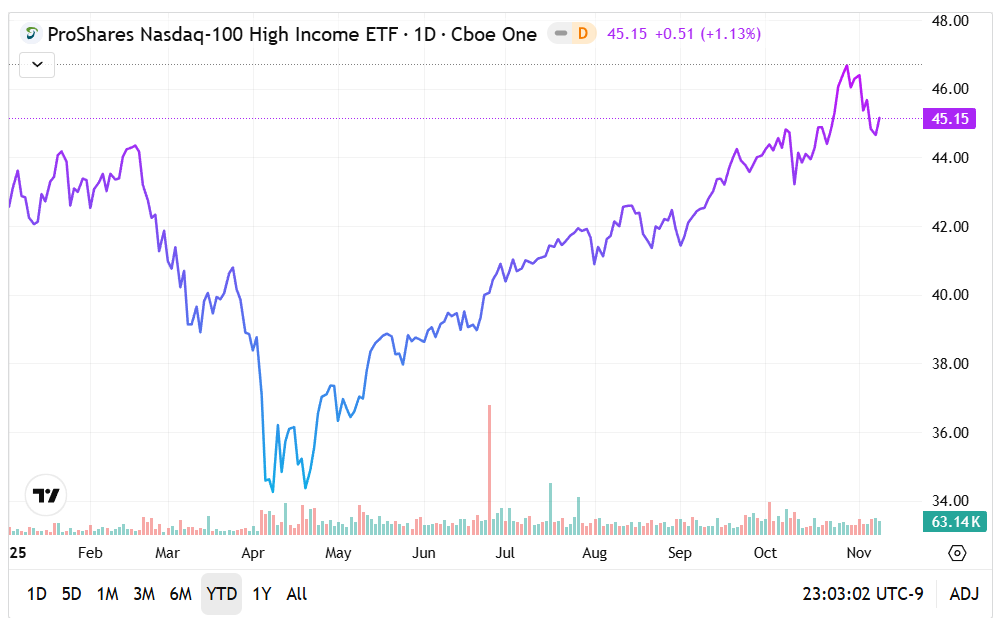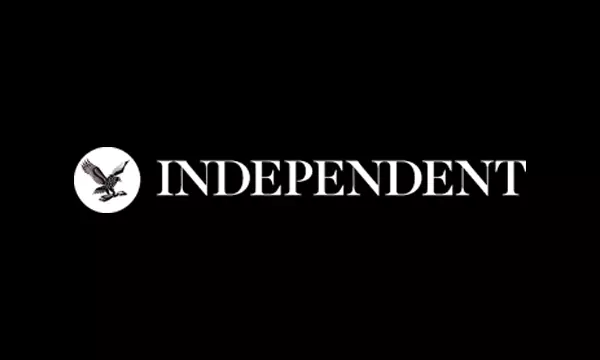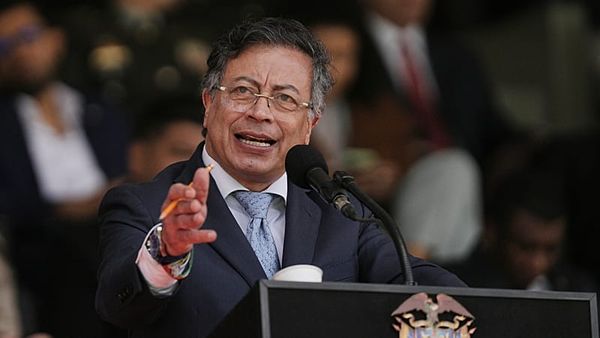
While every earnings season allows publicly traded companies to deliver market-shifting news, an underlying dynamic exists that many (if not most) retail investors are largely unaware of. For optionable securities, the derivatives arena often sees heightened expectations of stock movement known as implied volatility (IV). This metric is often stacked against the historic (or realized) volatility, which measures how much the price actually moved in the past.
When large enterprises such as semiconductor giant Nvidia (NASDAQ:NVDA) report their earnings, their stock prices usually jump around more than normal. In some cases, the expectation is for a robust swing northward. In others, market makers anticipate a corrective spell. These short, unpredictable movements raise the premium that the underlying options command, as traders are willing to pay more for protection or speculation.
On the debit side, market participants pay the premium for the right to wager on a specific outcome materializing. In such transactions, the position starts in a cash outflow state, which is the intuitive mechanism by which most traders operate. However, in the options market, a countervailing credit side exists, which features traders willing to underwrite the risk that the underlying event will not materialize as debit buyers hope.
In exchange for this risk, credit sellers receive the premium that the debit buyers pay. This is where the income from covered-call strategies comes into play. What's important to note there is that most covered-call exchange-traded funds sell monthly options. In other words, once these funds set their options positions, they must wait 30 days to reset them.
If volatility happens to spike for only a few days — thus raising the premium for writing calls temporarily — the funds miss out on most of the extra options-based income. However, there's a new product in the field that takes advantage of daily call exposure, thus including short bursts of volatility that come from earnings news.
The ProShares ETF: Over the last several years, exchange-traded funds have grown in popularity for their convenience and flexibility. Moreover, this vehicle has grown to encompass a wide range of investing goals. As one of the biggest financial services providers, ProShares is synonymous with the burgeoning development of ETFs.
Recently, the company has garnered acclaim for the ProShares Nasdaq-100 High Income ETF (NASDAQ:IQQQ), a fund that stands apart for its explicit focus on generating strong, recurring yield. Indeed, a primary distinction underlying the IQQQ ETF is that it does not write options directly. Instead, the fund takes advantage of total return swap agreements with large institutional counterparties. These entities replicate the daily covered-call strategy from a practical standpoint, thus delivering the returns flowing into the portfolio.
One of the defining traits of IQQQ is its effort to blend high yield with long-term total return potential, a pairing that most income-focused funds struggle to achieve. The basic reality is unavoidable: any product delivering consistently elevated payouts must trade away something in return.
In IQQQ's case, part of the upside is surrendered because the fund's income stream comes from selling call options to other investors. When the fund gives someone else the right to profit above a certain strike price, it collects premium income upfront but limits its participation in big upside breakouts. That sacrifice is precisely what funds the yield.
Where IQQQ separates itself is in how it manages that compromise. Instead of writing calls on a monthly timetable — a structure that can severely restrict gains during multi-week rallies — IQQQ gains exposure to daily option writing. The calls are reset each trading day through swap agreements, allowing the strategy to capture short bursts of volatility much more efficiently. By resetting constantly, the fund repeatedly reopens its upside, rather than being capped for a full month at a time.
This daily approach creates a more fluid balance between income generation and capital appreciation. The ETF can still earn option premiums while avoiding the "locked ceiling" problem that slows down traditional monthly covered-call strategies. It doesn't eliminate the tradeoff but reduces the underlying rigidity, giving investors the potential for income and incremental growth over longer horizons.
In addition to its structural design, IQQQ appeals to income-focused investors because the fund distributes cash monthly. For retirees, dividend seekers or anyone managing recurring expenses, predictable monthly payouts can be a meaningful advantage. In a market where many conventional income sources are inconsistent or low-yielding, this regularity adds to the fund's appeal.
Still, it's important to acknowledge the risks. IQQQ is not a shelter from volatility. Its portfolio is anchored to the Nasdaq-100, meaning a sharp decline in major tech stocks can drag down the fund just as quickly. Because the strategy relies on swap agreements to mirror daily call-writing, investors also assume counterparty risk — the returns depend on institutional partners executing properly and remaining financially sound.
And while the yield is often attractive, it is not fixed. Payouts fluctuate based on market conditions and implied volatility. If volatility falls or markets enter a sustained downturn, monthly distributions may decline.
The IQQQ ETF: Since the beginning of the year, the IQQQ ETF gained about 6%. However, the trailing six months have been more impressive, with the income fund moving up roughly 20%.
- Recently, the price action of the IQQQ ETF rose above its 20-day exponential moving average following a brief detour below this near-term average.
- Overall, technical sentiment appears to be solid, with the 50 DMA standing nearly 11% above the 200 DMA.
- Volume has been relatively stable, though there has been a noticeable decline since late September/early October.

For investors seeking meaningful income without abandoning long-term tech exposure, the IQQQ ETF offers a compelling balance of yield and growth potential. Review the fund's prospectus and consider whether a daily covered-call strategy fits your income goals and risk tolerance.
Learn more about the ProShares IQQQ Nasdaq-100 High Income ETF here.
Featured photo from Shutterstock







